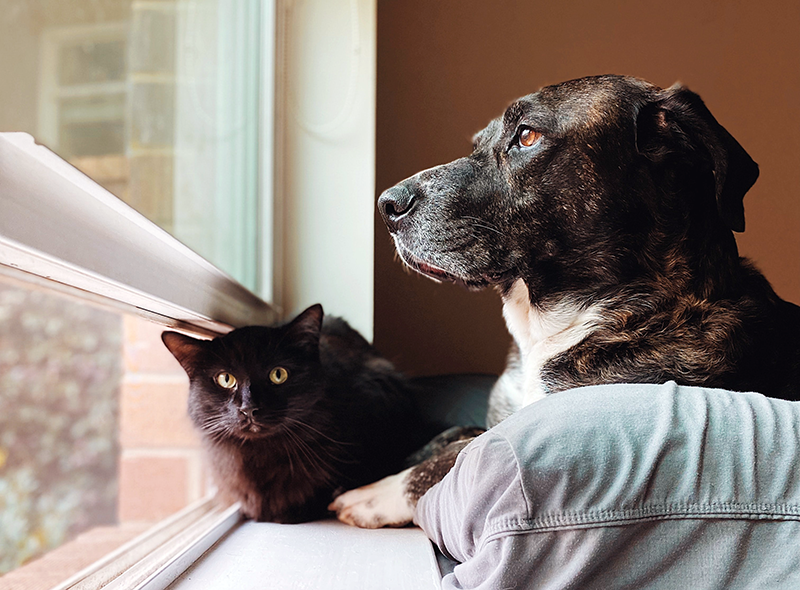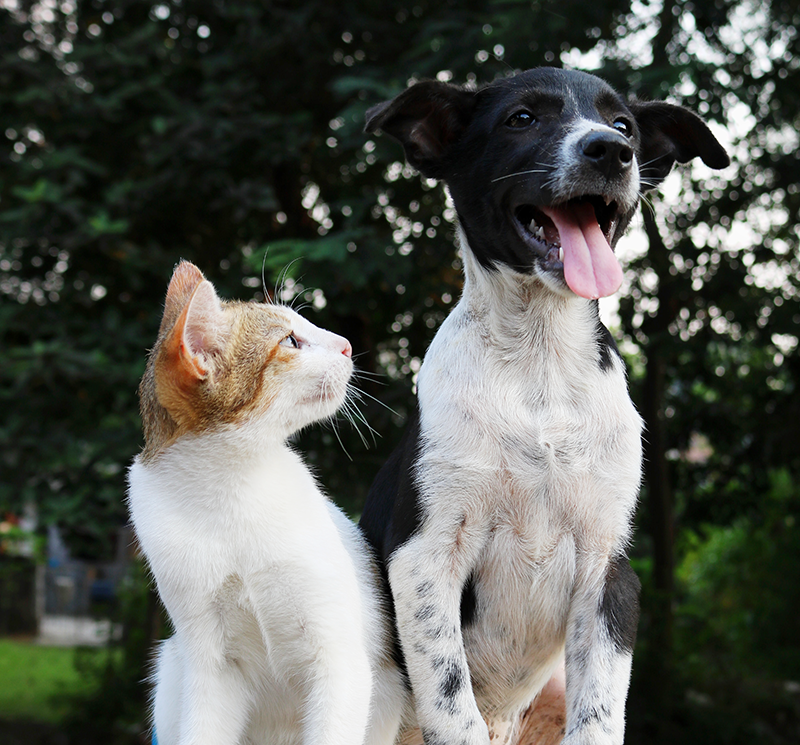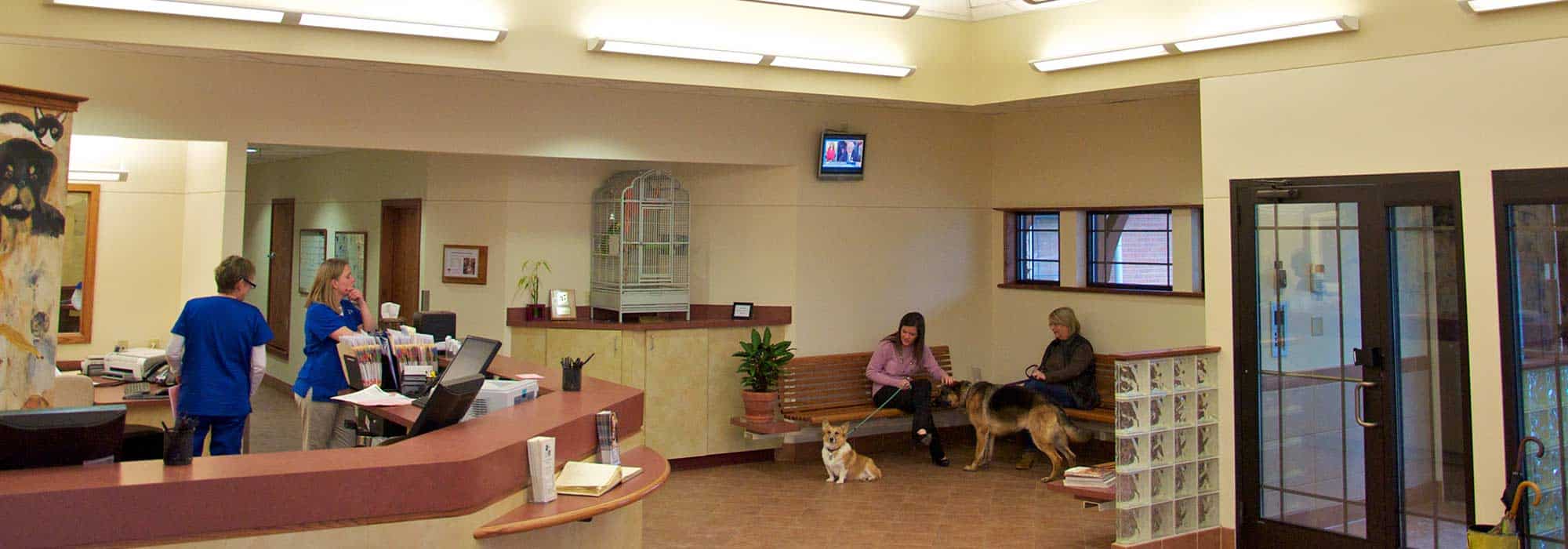February is National Pet Dental Health Month

Most Pets Suffer from Dental Disease by Age 3
Dental disease in pets is painful and negatively affects your pet’s everyday life. It’s also more common than many may think.
- By age three, 80% of dogs will have dental disease
- By age four, up to 90% of cats will have dental disease
The most obvious sign of dental disease is bad breath. If your pet’s mouth smells bad, you’ll want to make an appointment with your veterinarian right away. However, bad breath isn’t the worst symptom your pet will experience. They’re likely living with a lot of pain… and their instinct is to hide it.
How Pets Hide the Painful Symptoms of Dental Disease
AAHA has a very helpful article on dental disease in pets, and here’s an important point:
“Dental disease causes significant, chronic pain in pets. When dental disease is discovered later, after years of tartar, plaque, and bacteria buildup have caused infection, inflammation, and diseased teeth, your pet has already experienced significant, chronic, life-changing pain. But animals are experts at hiding signs of pain, so the pain may go unnoticed by you.”
Look for these symptoms, and notice that they might not be what you’d expect:
- Your pet grows increasingly irritable
- Your pet is more lethargic than they used to be
- Your pet’s appetite decreases
You might expect these to be symptoms of an aging pet, but they are just as likely to be symptoms of pain in the mouth.

Preventing Dental Disease in Pets
Good news! There’s a clear path to prevent your pet from developing and suffering from dental disease. Your veterinarian will likely recommend these steps:
- An annual dental exam during your pet’s wellness visit
- Dental X-rays, which help veterinarians identify dental disease more accurately
- A dental cleaning with anesthesia once per year
- Home care that includes daily brushing and dental chews approved by the Veterinary Oral Health Council (VOHC). For more info, check out our article “Pet Chew Toys: Not All Products Are Safe.”
How to Brush Your Dog’s Teeth Video
Brushing your pet’s teeth isn’t as hard as you might imagine. Pet toothpastes are usually flavored something yummy for animals, like beef or chicken. With a little patience, you and your pet can turn daily brushing into some quality time with each other.
Watch the video: How to Brush Your Dog’s Teeth
When was the last time your pet had a dental exam and cleaning? Help your pet live a happier, healthier life by caring for their teeth.

